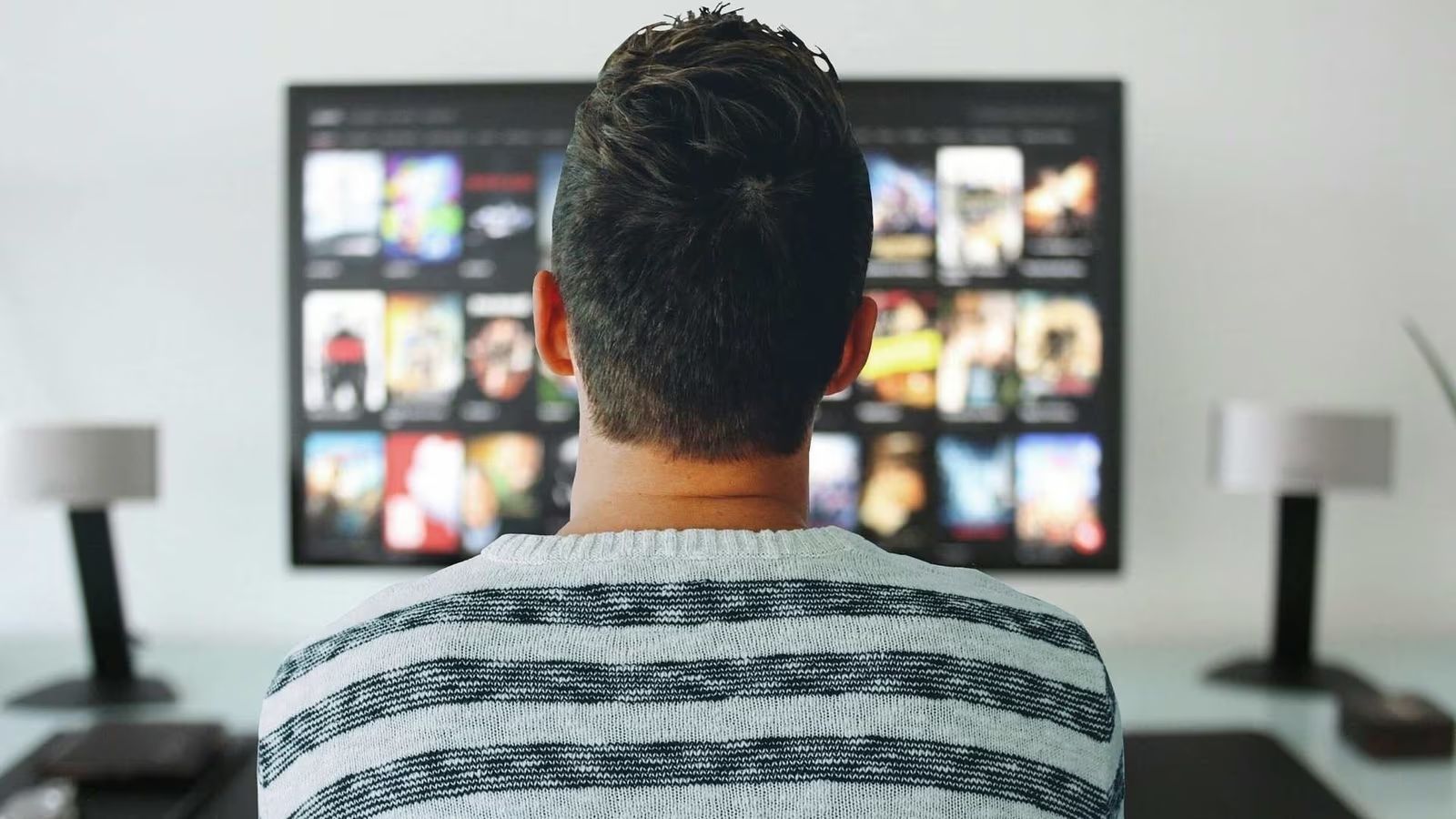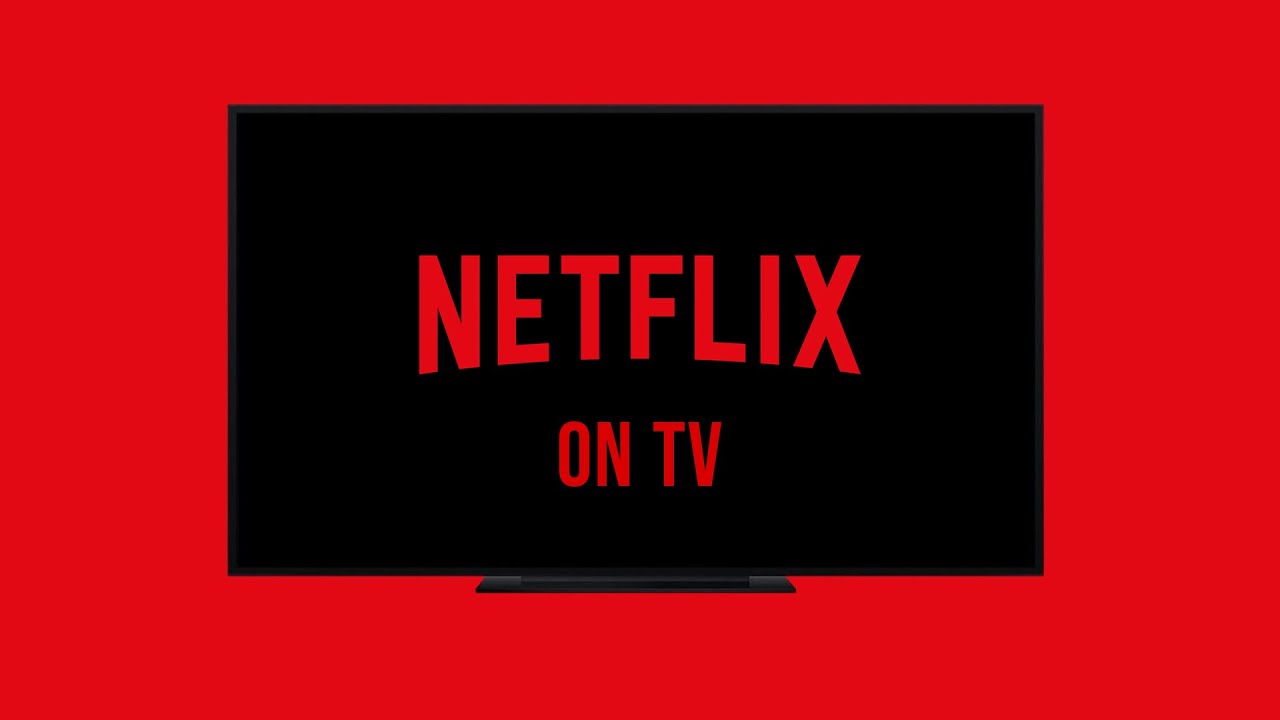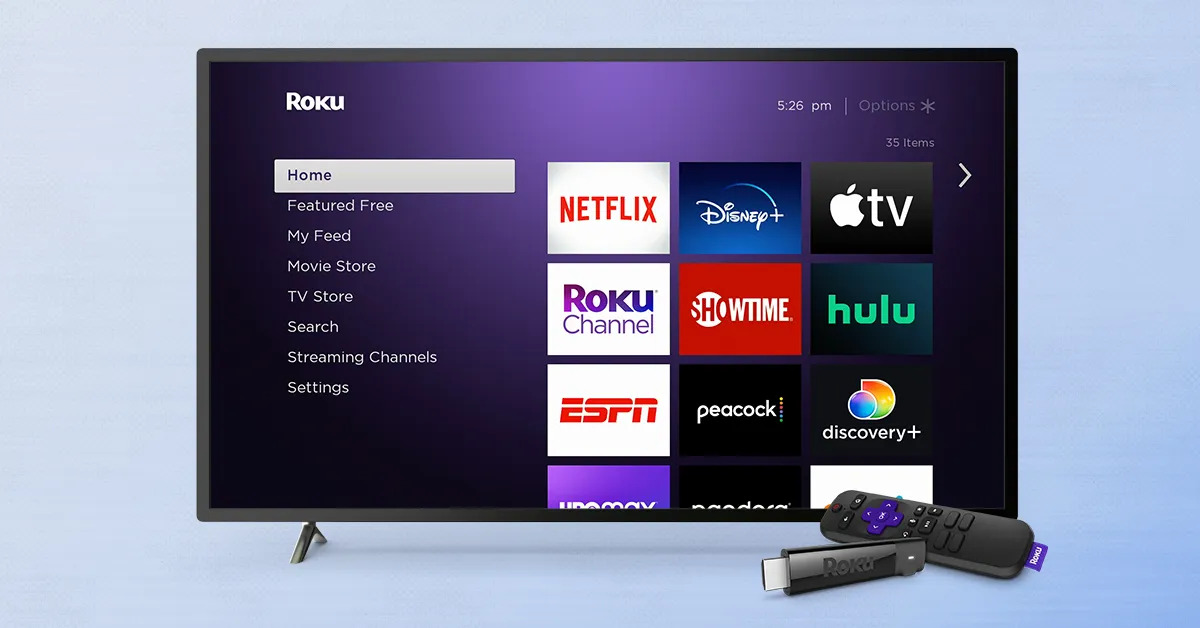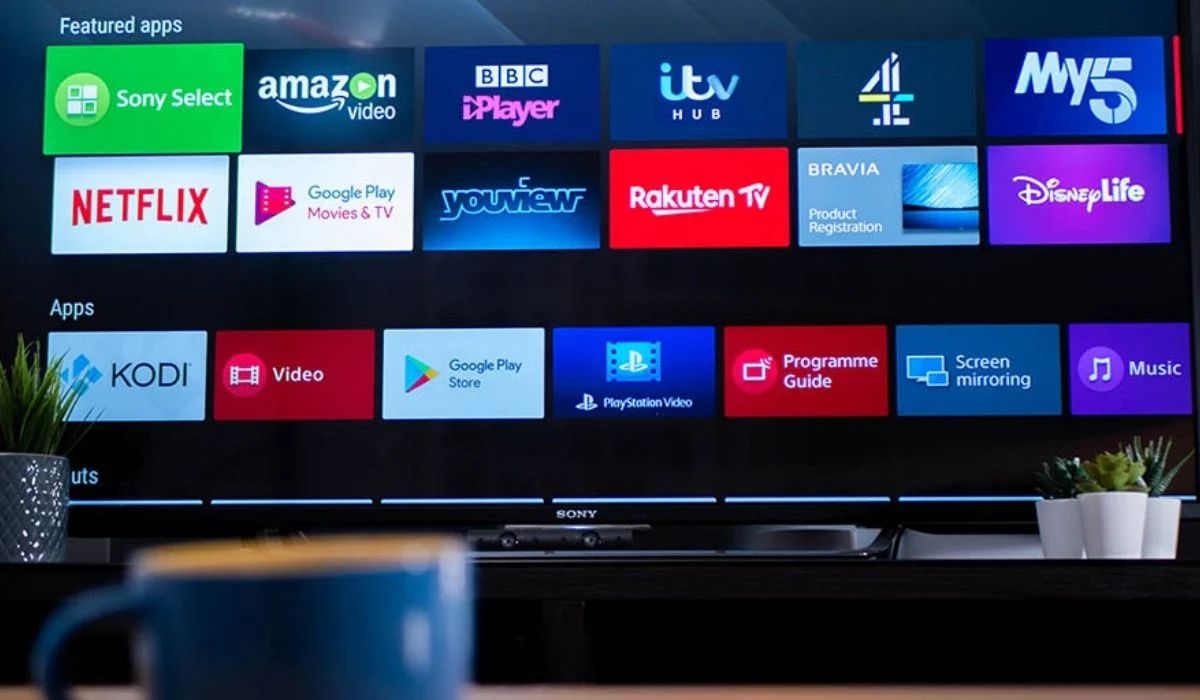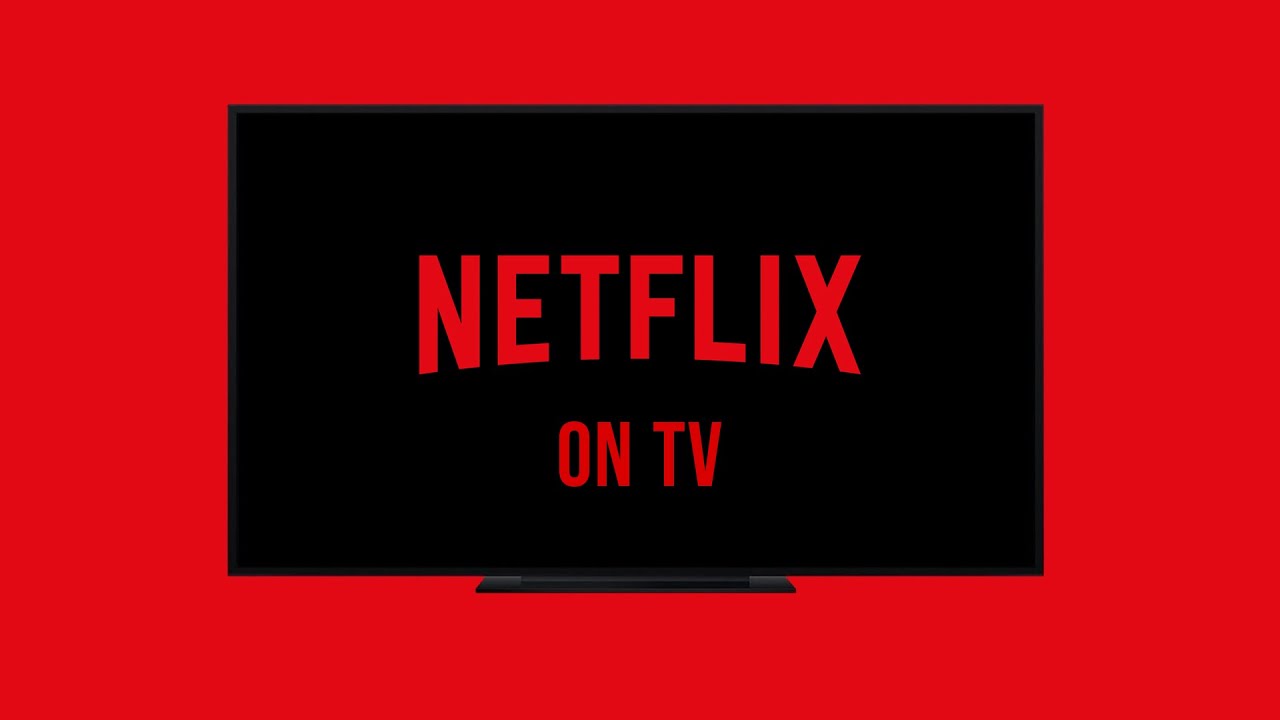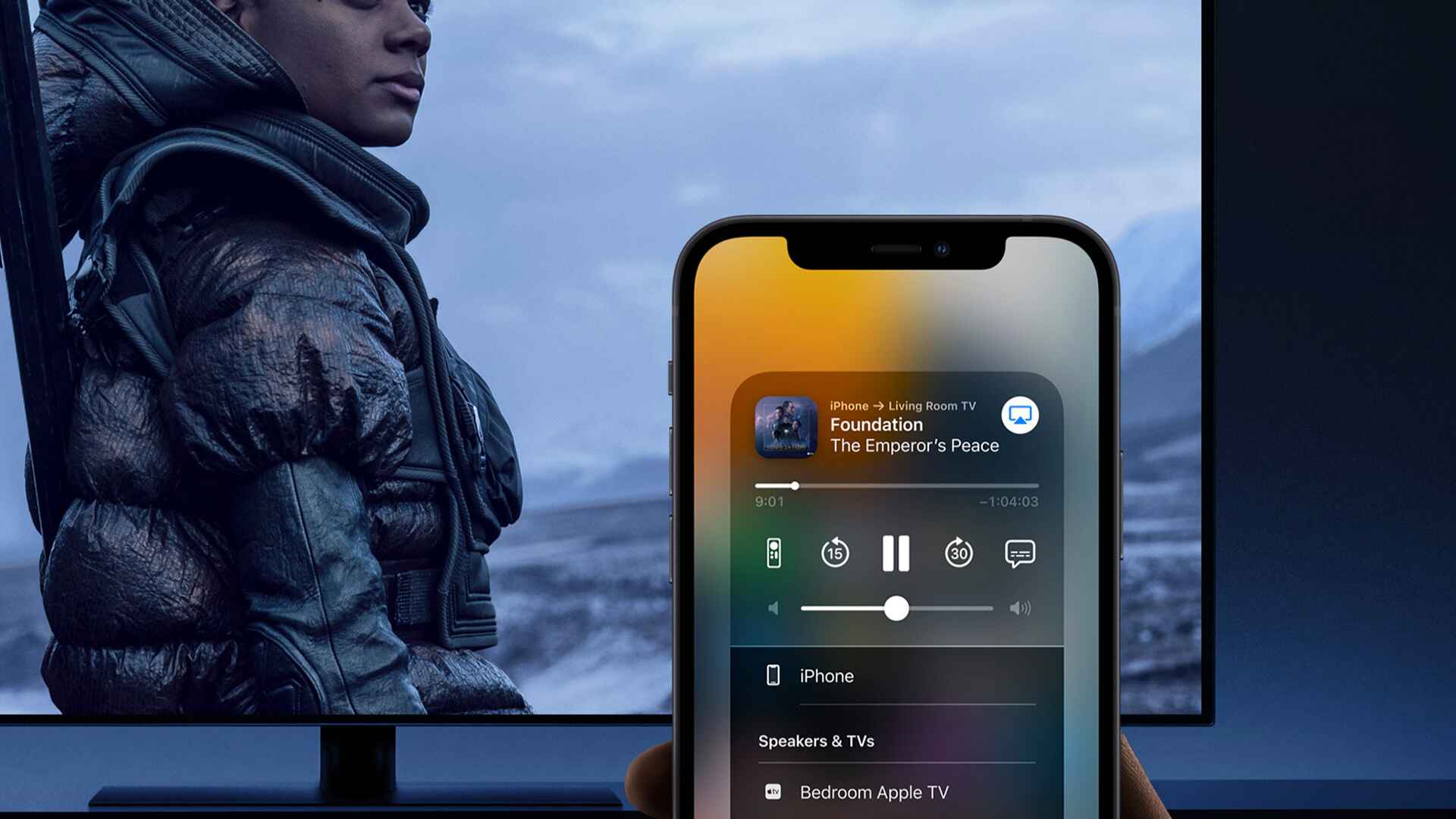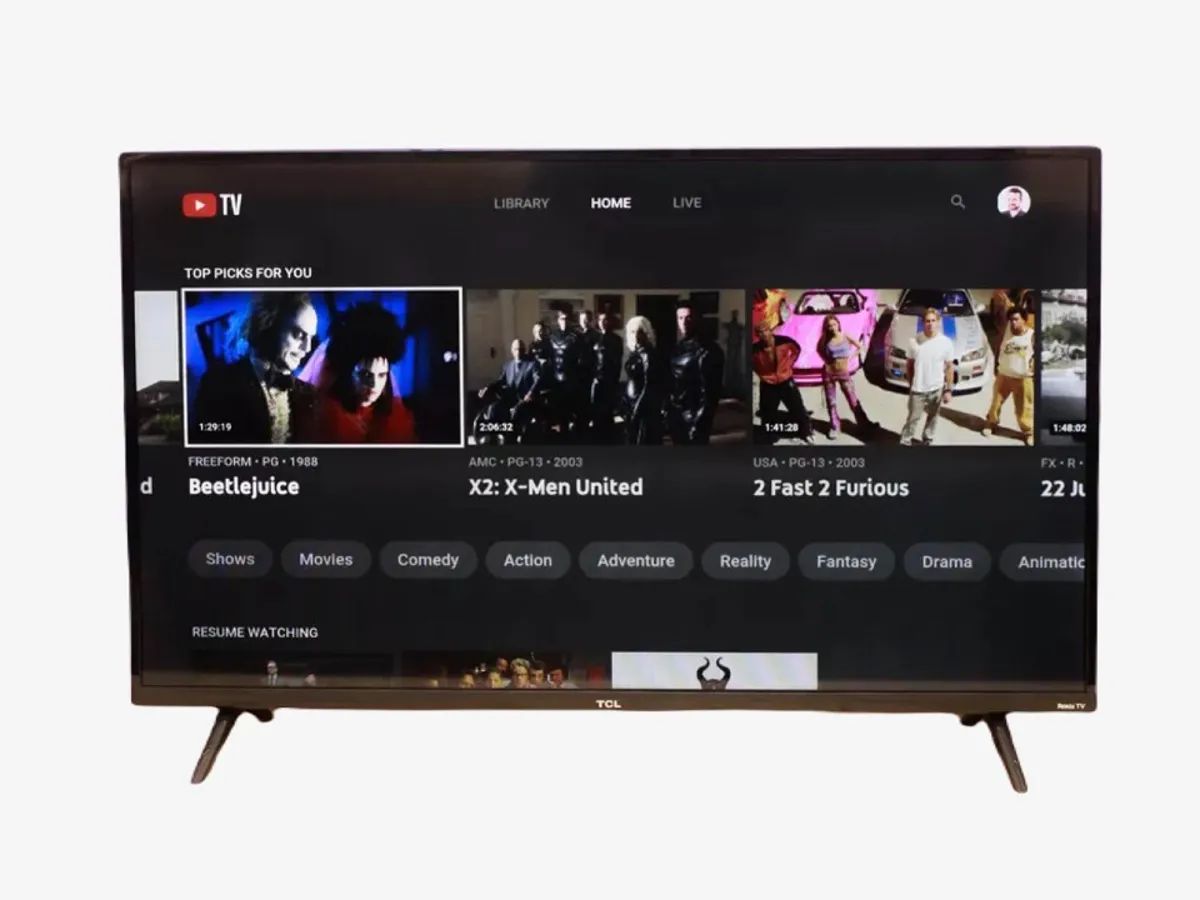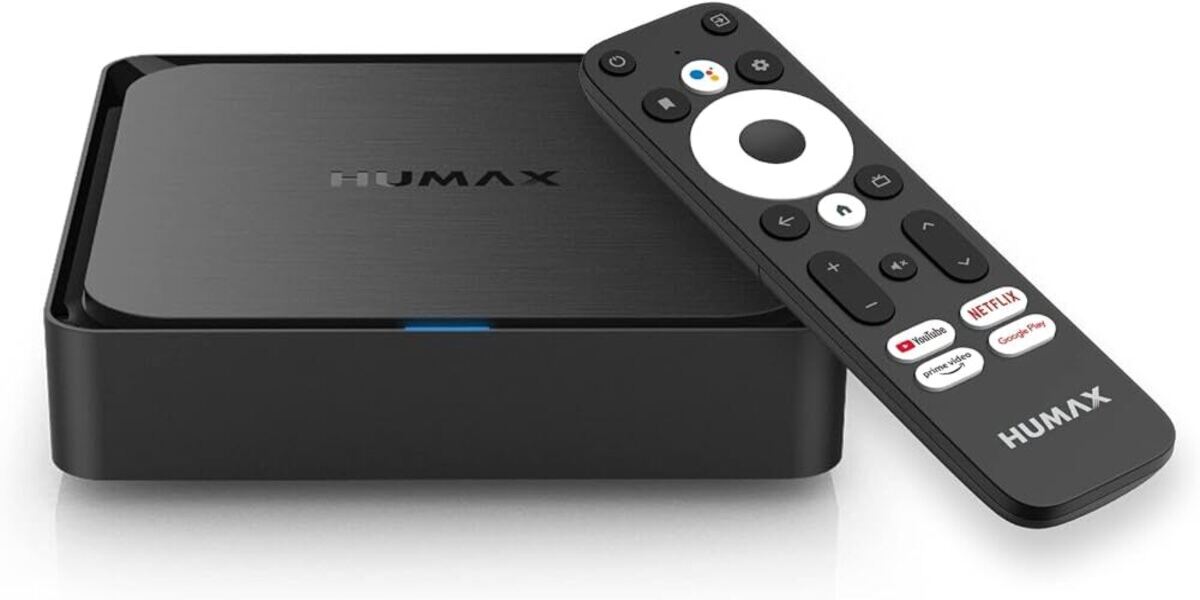Introduction
Netflix has become one of the most popular streaming platforms, offering a vast library of movies and TV shows. However, if you have a non-smart TV, you may be wondering how to access Netflix on it. A non-smart TV refers to a television that lacks built-in internet connectivity and streaming capabilities.
Fortunately, there are several options available that can help you enjoy Netflix on your non-smart TV. In this article, we will explore various methods to connect your non-smart TV to Netflix.
Whether you prefer to use a media streaming device, game console, DVD or Blu-ray player, streaming stick or dongle, smartphone or tablet, or even a computer or laptop, there is a solution for everyone. With these options, you can easily transform your non-smart TV into a Netflix streaming hub.
So, if you’re ready to dive into the world of Netflix on your non-smart TV, let’s explore the different methods and devices you can use to enjoy your favorite movies and TV shows!
What is a non-smart TV?
A non-smart TV, also known as a traditional or “dumb” TV, is a television that does not have built-in internet connectivity or advanced streaming capabilities. Unlike smart TVs, which come with integrated software and internet connectivity, non-smart TVs rely solely on external devices for accessing online content.
Non-smart TVs are typically equipped with basic features like a tuner for receiving broadcast signals and various input ports for connecting external devices such as DVD players, gaming consoles, or set-top boxes. These TVs were prevalent before the advent of smart TVs and are still widely used by many households.
One of the main limitations of non-smart TVs is their inability to access internet-based streaming services directly. Without built-in Wi-Fi or ethernet connectivity, non-smart TVs require additional devices or methods to stream online content.
However, non-smart TVs still offer excellent display quality and are often more affordable than their smart TV counterparts. They provide a basic viewing experience and can be easily connected to external devices, allowing users to access a wide range of multimedia content.
While smart TVs have gained popularity as they offer seamless integration with streaming services and built-in apps, non-smart TVs remain a viable option for those who already own them or prefer a more straightforward setup that allows for flexibility in device choices.
Fortunately, even if you own a non-smart TV, you can still enjoy streaming platforms like Netflix by utilizing various external devices and connection methods. In the following sections, we will discuss the different options available to connect your non-smart TV to Netflix and transform it into a streaming powerhouse.
Option 1: Using a media streaming device
A media streaming device is a popular and convenient option for connecting a non-smart TV to Netflix. These devices are designed to connect to your TV’s HDMI port and provide access to a wide range of streaming services, including Netflix.
One of the most well-known media streaming devices is the Amazon Fire TV Stick. This compact device plugs directly into your TV’s HDMI port and allows you to access popular streaming services like Netflix, Amazon Prime Video, Hulu, and more. Simply connect the Fire TV Stick to your Wi-Fi network, log in to your Netflix account, and start streaming your favorite shows and movies.
Another popular option is the Google Chromecast. This device connects to your TV via HDMI and allows you to cast content from your smartphone, tablet, or computer directly to your TV screen. To use Netflix, simply open the Netflix app on your mobile device or computer, select the content you want to watch, and cast it to your Chromecast-connected TV.
Roku streaming devices also provide a seamless Netflix experience on non-smart TVs. These devices offer a user-friendly interface and access to a vast selection of streaming channels, including Netflix. Simply connect the Roku device to your TV and follow the on-screen instructions to access Netflix and start streaming.
Other media streaming devices, such as Apple TV, NVIDIA Shield TV, and Smart TVs with built-in streaming capabilities, are also viable options for connecting your non-smart TV to Netflix.
By using a media streaming device, you can enjoy the benefits of a smart TV without having to replace your existing TV. These devices offer a straightforward setup process, user-friendly interfaces, and access to a wide range of streaming services, making them an excellent choice for non-smart TV owners.
So, if you have a non-smart TV and want to enjoy Netflix, consider investing in a media streaming device. With these devices, you can bring the world of streaming entertainment right into your living room.
Option 2: Using a game console
If you have a gaming console such as Xbox, PlayStation, or Nintendo Switch, you can use it to access Netflix on your non-smart TV. Many modern gaming consoles come equipped with built-in streaming capabilities and a wide range of entertainment apps, including Netflix.
To connect your game console to your non-smart TV, simply connect it using an HDMI cable. Most game consoles have an HDMI output that can be connected directly to your TV’s HDMI input. Once connected, navigate to the console’s app store or entertainment section, download the Netflix app, and sign in to your Netflix account.
Using a game console to access Netflix offers several advantages. First, it eliminates the need for additional devices since you can use your existing gaming console. This can save you money and reduce clutter in your entertainment setup.
Furthermore, game consoles often provide enhanced streaming capabilities, allowing for smooth playback of high-definition content. Many consoles also support features like 4K streaming and HDR, which can enhance your Netflix viewing experience if your TV supports these technologies.
Additionally, gaming consoles provide a comprehensive entertainment solution, allowing you to not only access Netflix but also play video games, stream other apps like Hulu or Amazon Prime Video, and listen to music.
One thing to note is that the availability and performance of streaming apps may vary depending on the gaming console. For example, PlayStation and Xbox have a wide range of streaming apps available, while Nintendo Switch has limited app support.
Overall, using a game console to access Netflix on your non-smart TV is a convenient and versatile option. It allows you to enjoy your favorite games and stream Netflix seamlessly, all from a single device. So, if you already own a gaming console, it’s worth exploring the option of using it as a streaming hub for your non-smart TV.
Option 3: Using a DVD or Blu-ray player
If you have a DVD or Blu-ray player connected to your non-smart TV, you can still access Netflix by utilizing certain models that offer streaming capabilities. Many newer DVD and Blu-ray players come with built-in Wi-Fi or ethernet connectivity, allowing you to access popular streaming services like Netflix.
To use your DVD or Blu-ray player to access Netflix, you’ll need to ensure that your device has internet connectivity. If your player supports Wi-Fi, connect it to your home Wi-Fi network. If not, you can use an ethernet cable to connect your player directly to your router.
Once connected, navigate to the player’s menu or home screen and look for the option to access streaming apps or content. Select Netflix from the available apps and sign in to your Netflix account. You can then browse through the Netflix library and start streaming your favorite movies and TV shows directly on your non-smart TV.
It’s important to note that not all DVD or Blu-ray players have streaming capabilities. Before purchasing a DVD or Blu-ray player, check the specifications or consult the manufacturer to ensure that it supports streaming apps like Netflix.
Using a DVD or Blu-ray player to access Netflix on your non-smart TV offers a cost-effective solution as it eliminates the need for additional streaming devices. Furthermore, it provides a simple and straightforward setup process, as DVD and Blu-ray players are commonly found in households with non-smart TVs.
However, it’s worth noting that the streaming capabilities of DVD or Blu-ray players may not be as advanced or user-friendly as dedicated media streaming devices or game consoles. The user interface may vary, and some features available on other devices, such as 4K streaming or HDR support, may not be available on all DVD or Blu-ray players.
Nevertheless, using a DVD or Blu-ray player to stream Netflix on your non-smart TV is a viable option, especially if you already own one. It allows you to enjoy the convenience of streaming services without the need for purchasing additional devices.
In the next sections, we will explore more options for connecting your non-smart TV to Netflix, providing you with a range of choices based on your preferences and existing devices.
Option 4: Using a streaming stick or dongle
A streaming stick or dongle is a compact device that plugs directly into your TV’s HDMI port and provides access to various streaming services, including Netflix. These devices are portable and easy to set up, making them a convenient option for connecting your non-smart TV to Netflix.
One popular streaming stick is the Google Chromecast. It allows you to cast content from your smartphone, tablet, or computer to your TV screen. To use Netflix, simply open the Netflix app on your mobile device or computer, select the content you want to watch, and cast it to your Chromecast-connected TV.
Another widely used streaming stick is the Amazon Fire TV Stick. This device offers a user-friendly interface and allows you to access popular streaming services like Netflix, Prime Video, Hulu, and more. Simply connect the Fire TV Stick to your TV’s HDMI port, connect to your Wi-Fi network, log in to your Netflix account, and start streaming.
Roku also offers a streaming stick called Roku Streaming Stick. This device provides access to a vast selection of streaming apps, including Netflix. Just plug it into your TV’s HDMI port, connect to your Wi-Fi, and enjoy your favorite Netflix shows and movies.
Streaming sticks and dongles are versatile, as they can be easily moved between TVs in different rooms or taken along when traveling. They offer a portable solution for streaming content on non-smart TVs without the need for additional cables or devices.
One caveat to keep in mind is that some streaming sticks or dongles may require separate power sources, either through a USB connection on your TV or a power adapter. Be sure to check the specific requirements of the device you choose to ensure proper functionality.
Overall, using a streaming stick or dongle is a straightforward and convenient option for accessing Netflix on your non-smart TV. With a simple setup process and a wide range of streaming apps available, these devices provide an affordable and portable solution for transforming your non-smart TV into a streaming hub.
Next, we will explore more options that you can consider to enjoy Netflix on your non-smart TV. From smartphones and tablets to computers and laptops, there are various devices that can provide a seamless Netflix streaming experience.
Option 5: Using a smartphone or tablet
If you have a smartphone or tablet, you can easily stream Netflix on your non-smart TV by utilizing the screen mirroring or casting feature. Both Android and iOS devices offer this functionality, allowing you to mirror your device’s screen onto your TV.
For Android users, you can use the built-in screen casting feature, which is commonly referred to as “Smart View” or “Cast” functionality. To use this feature, ensure that your non-smart TV supports screen mirroring or has a compatible streaming device connected to it. Then, enable screen mirroring on your Android device and select your TV from the list of available devices. Once connected, open the Netflix app on your device and start streaming. The content will be mirrored on your TV screen.
iOS users can utilize Apple’s AirPlay feature to stream Netflix from their iPhone or iPad to their non-smart TV. To do this, ensure that your non-smart TV has an Apple TV or AirPlay-enabled device connected. Connect your iOS device and your TV to the same Wi-Fi network, and then open the Netflix app on your device. Look for the AirPlay icon, tap it, and select your TV from the list of available devices. Your iOS device’s screen will be mirrored on your TV, and you can now stream Netflix.
Using a smartphone or tablet to stream Netflix on your non-smart TV offers flexibility and convenience. You can easily browse through Netflix’s library, select your favorite shows or movies, and stream them directly on the big screen.
However, it’s important to note that screen mirroring or casting relies on your Wi-Fi network and may not always deliver the highest quality streaming experience. Factors like network stability and connection speed can affect the video and audio quality. Also, using your smartphone or tablet for an extended period may drain the battery, so it’s advisable to keep your device connected to a power source during use.
Overall, if you already have a smartphone or tablet, utilizing their screen mirroring or casting capabilities is a convenient and cost-effective option to enjoy Netflix on your non-smart TV. It allows you to leverage the power and features of your mobile device while enjoying your favorite content on a larger screen.
Next, we will explore another option for streaming Netflix on your non-smart TV using a computer or laptop.
Option 6: Using a computer or laptop
Using a computer or laptop is another excellent option for streaming Netflix on your non-smart TV. If you have a laptop or computer with internet connectivity, you can easily connect it to your TV and enjoy Netflix content on the big screen.
To start, check the available video output ports on your computer or laptop. These typically include HDMI, VGA, or DVI ports. Next, identify the corresponding input ports on your non-smart TV. Most TVs have HDMI inputs, but older models may have VGA or DVI inputs. Ensure you have the necessary cables to connect your computer to the TV.
Once you connect your computer or laptop to the TV, switch the TV’s input source to the corresponding port where you connected your computer. Then, open your preferred web browser and navigate to the Netflix website. Sign in to your Netflix account and start streaming your favorite shows and movies directly on your non-smart TV.
Streaming Netflix using a computer or laptop offers several advantages. First, it provides a wide range of options for connecting to your TV since most computers and laptops have multiple video output ports. Additionally, using a computer or laptop allows you to access other streaming platforms and websites, giving you a more diverse viewing experience.
Furthermore, using a computer or laptop allows for easy browsing and navigation through the Netflix library. With the larger screen and the convenience of a keyboard and mouse or trackpad, you can search for specific titles, create playlists, and manage your account settings more efficiently.
However, it’s important to note that streaming Netflix through a computer or laptop relies on a stable internet connection and the performance of your device. Ensure that your device meets the system requirements for streaming Netflix and that your internet connection is fast enough to support smooth playback.
Overall, using a computer or laptop to stream Netflix on your non-smart TV is a versatile and accessible option. It allows you to utilize the power and features of your computer while enjoying a cinematic experience on your TV screen.
In the next sections, we will summarize the various options discussed, allowing you to choose the best method for connecting your non-smart TV to Netflix based on your preferences and available devices.
Conclusion
Streaming Netflix on a non-smart TV might seem challenging at first, but with the various options available, you can easily transform your TV into a streaming hub. Whether you choose to use a media streaming device like an Amazon Fire TV Stick or Google Chromecast, a gaming console, a DVD or Blu-ray player with streaming capabilities, a streaming stick or dongle, a smartphone or tablet, or even a computer or laptop, there is a solution to suit your needs.
Media streaming devices are a popular choice for their ease of use and wide range of streaming options. Game consoles offer the added benefit of gaming along with streaming capabilities. DVD or Blu-ray players with streaming functionalities provide an affordable solution for those who already own these devices. Streaming sticks and dongles offer a portable and convenient option. Smartphones and tablets can be used for screen mirroring or casting, and computers or laptops bring a versatile streaming experience with a larger screen.
Regardless of the method you choose, it’s important to ensure that your non-smart TV has the necessary input ports and supports the required functionalities. Additionally, you should consider factors such as internet connectivity, device compatibility, and the availability of streaming apps like Netflix.
By exploring these options and implementing the suitable method for your non-smart TV, you can enjoy the vast library of movies and TV shows that Netflix has to offer. Transform your living room into a home theater experience, binge-watch your favorite series, or discover new content, all from the comfort of your non-smart TV.
So, whether you decide to invest in a media streaming device, use your gaming console, connect a DVD or Blu-ray player, opt for a streaming stick or dongle, utilize your smartphone or tablet, or rely on your computer or laptop, you can bring the world of Netflix into your non-smart TV and unlock endless entertainment possibilities.
Embrace the streaming revolution and enjoy the convenience and flexibility of streaming Netflix on your non-smart TV. Upgrade your TV viewing experience and embark on countless hours of entertainment.







